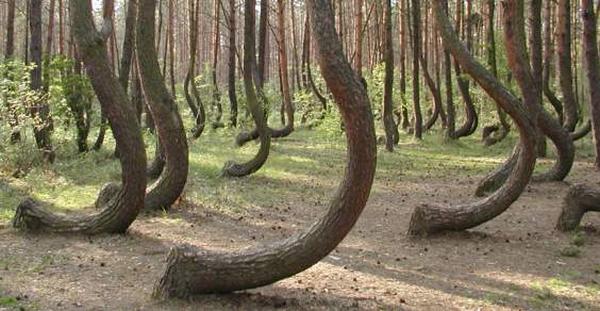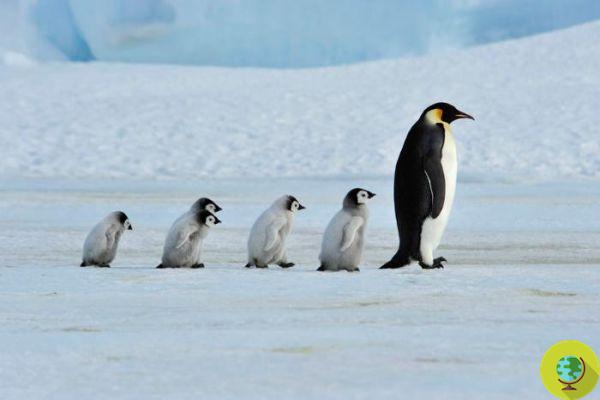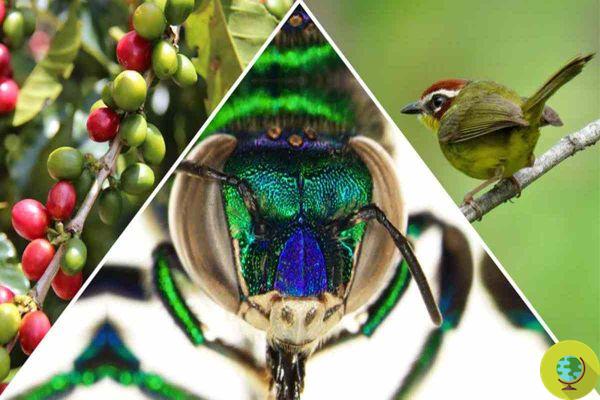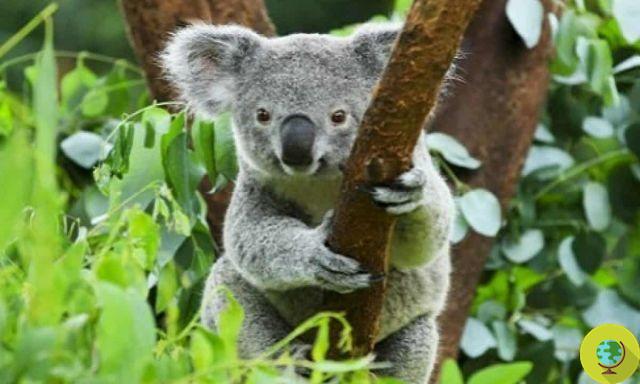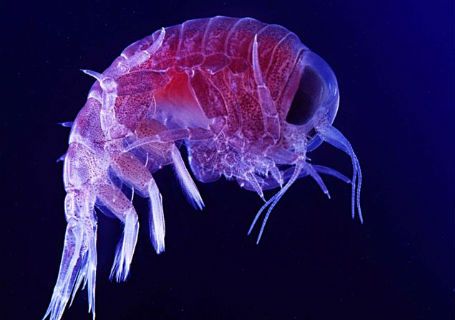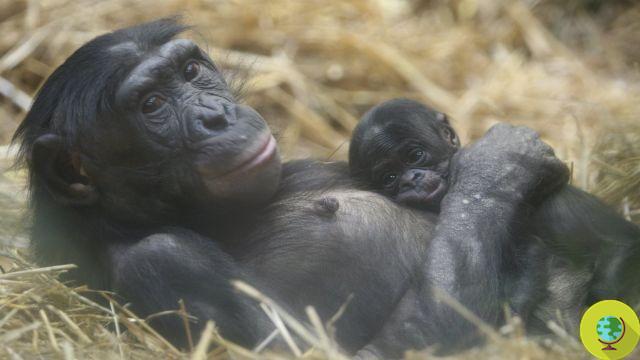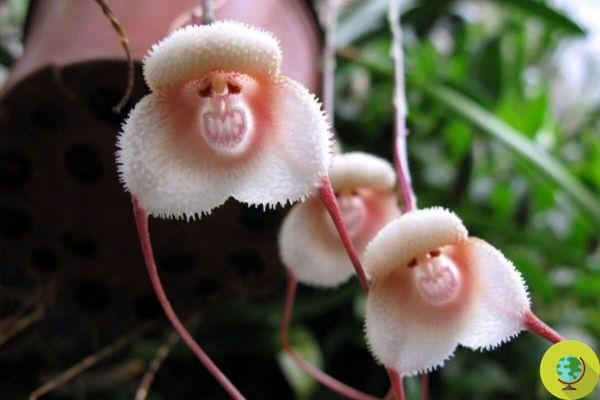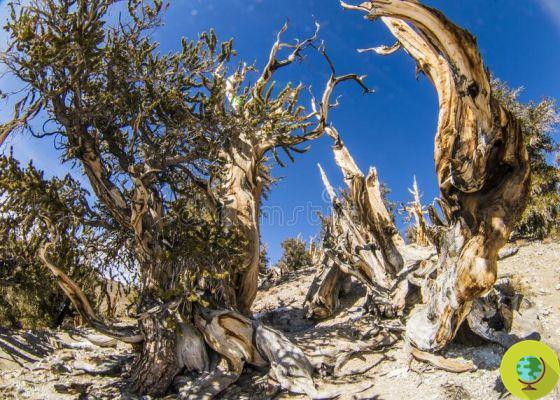It's a bee, not a hornet, maybe a wasp. Although to an inexperienced eye they may all look the same, in reality these insects are very different from each other, as well as many. Here is our fun guide to recognize them and ... stay duly at a distance, leaving them alone!
He is about to end up run over, his mother saves him
It's a bee, not a hornet, maybe a wasp. Although to an inexperienced eye they may all look the same, in reality these insects are very different from each other, as well as many. Here is our fun guide to recognize them and ... stay duly at a distance, leaving them alone!
Bees, wasps and hornets are part of the hymenoptera, especially in summer we can find ourselves struggling with their stings which, in some cases, trigger real allergic reactions. We can treat the bites with natural remedies but above all we try to avoid them! Here we explain how to do it.
But before bandaging our heads even before breaking it, let's see together how to distinguish these insects which, let's not forget, are fundamental for the survival of the Planet.
Now enjoy our nice one mini guide to recognize insects (DOWNLOAD AND PRINT IT, CLICK HERE)
Index
Ape
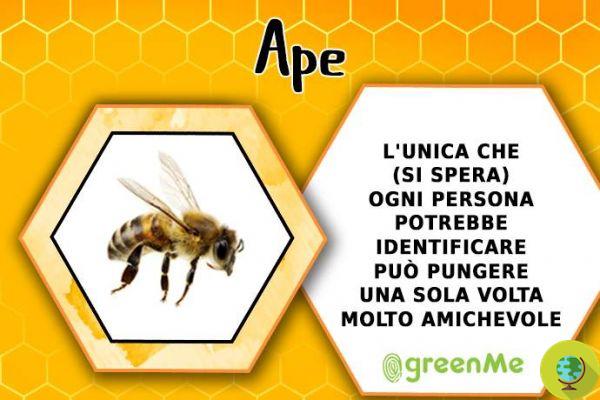
The bee (Apis Linnaeus) belongs to the social insects of the Apidae family, which includes 27 species, and have a direct role in the production of honey and an indirect role in pollination.
In recent years they are one of the most endangered species.
Read also: How (and why) to host solitary bees in your gardenCarpenter bee
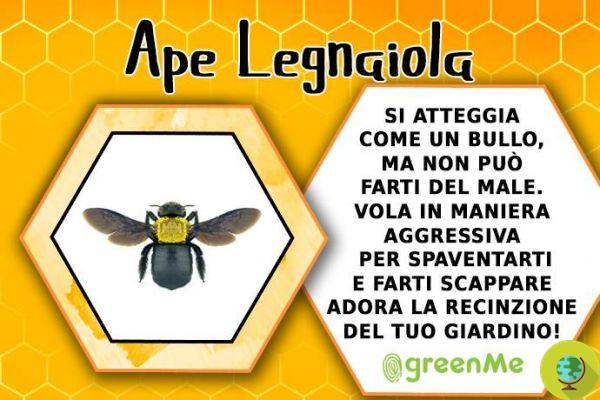
The carpenter bee (Xylocopa violacea Linnaeus) is an insect with an iridescent black-purple livery, belonging to the Apidae family, widespread in central-southern Europe. Often confused with the black bumblebee or the hornet, its flight is fast and rather noisy.
Bumblebee
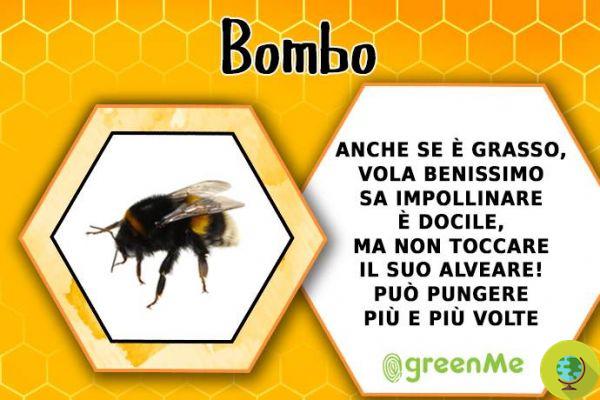
The bumblebee is a genus of hymenoptera insects of the Apidae family and like bees it collects nectar and pollen. It is one of the most important and useful pollinating insects for humans.
Read also: Bumblebees become addicted to pesticides like humans become addicted to nicotineHornet: Vespa Cabro
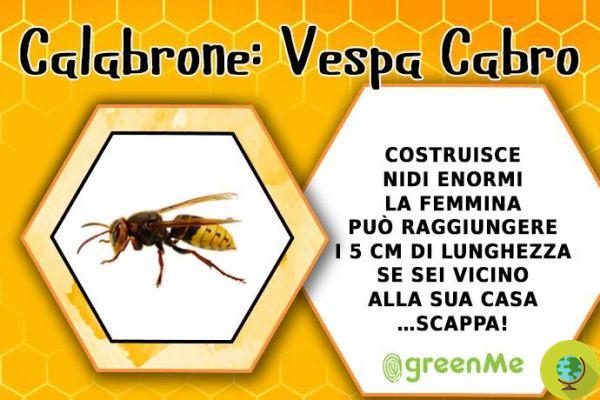
Beware of the hornet! The European hornet is a large bee predator but is also feared by humans. It is usually referred to as a giant wasp: it is the largest European vespid.
Read also: Bees, wasps and hornets: what to do in case of stings and how to avoid them
Sirfide
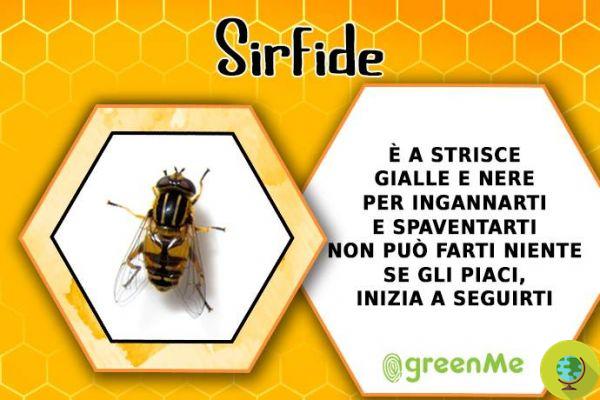
The Hoverflies (Syrphidae Latreille) are a vast family of insects of the order Diptera which includes over 6000 species. Adults are among the most common pollinating insects, while the larvae of many of its species are insect predators.
Read also: How to attract pollinators: a little help to the environment from our gardens and balconiesosmia
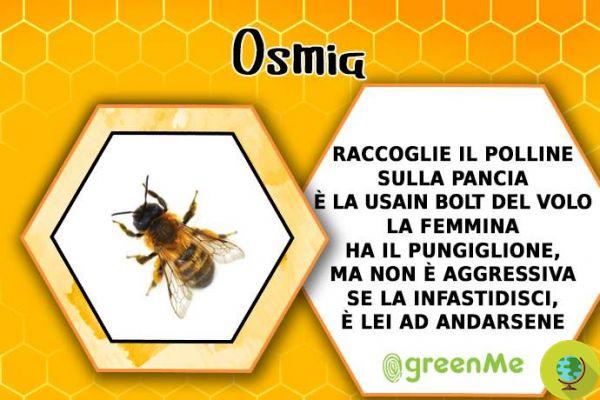
Osmia is none other than the most common species ofsolitary bee which includes over 20.000 pollinators who do not live in a beehive, but which also play an extremely important role in the delicate natural balance.
Read also: How (and why) to host solitary bees in your garden
Vespa
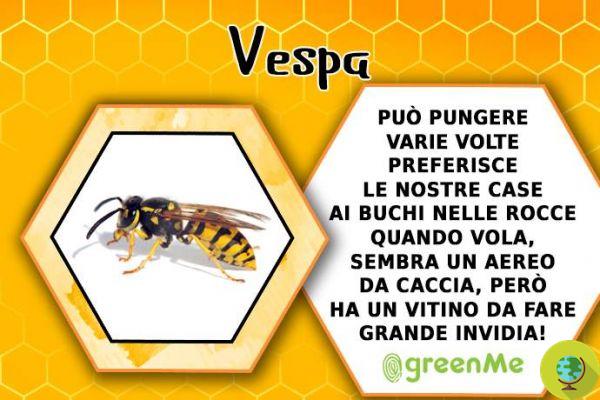
The Vespids (Vespidae Latreille), commonly known as wasps, are a family of social insects, belonging to the order of the Hymenoptera. They have brown or black body with yellow or colored stripes in the species of tropical countries.
Read also: What you don't know about figs (and what's inside)Paper wasp
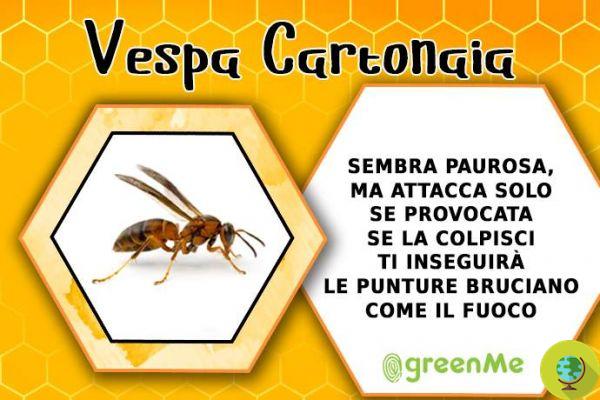
The paper wasp (Polistes gallicus) differs from the others for its nests: they are hung from gutters and balconies, with a single horizontal honeycomb. Among the infesting wasps it is the least aggressive, it attacks only if provoked.
How to distinguish a bee from a bumblebee, a wasp from a hornet?
The wasp and the hornet have a thin waist that separates the chest part from the abdomen, the former are smaller, the latter large.
Bees have a roundish yellow-orange and brown-black body. Bumblebees are stockier and larger, with wider yellow and black livery bands, in addition to the characteristic down.
To download the guide and, if you want, print it, CLICK HERE
Read also:
- Bees: 4 surprising scientific reasons why humans cannot do without them
- Killer hornets from China, how to protect yourself
- Hymenoptera allergies: what to do in case of stings from bees, wasps and hornets
Dominella Trunfio




